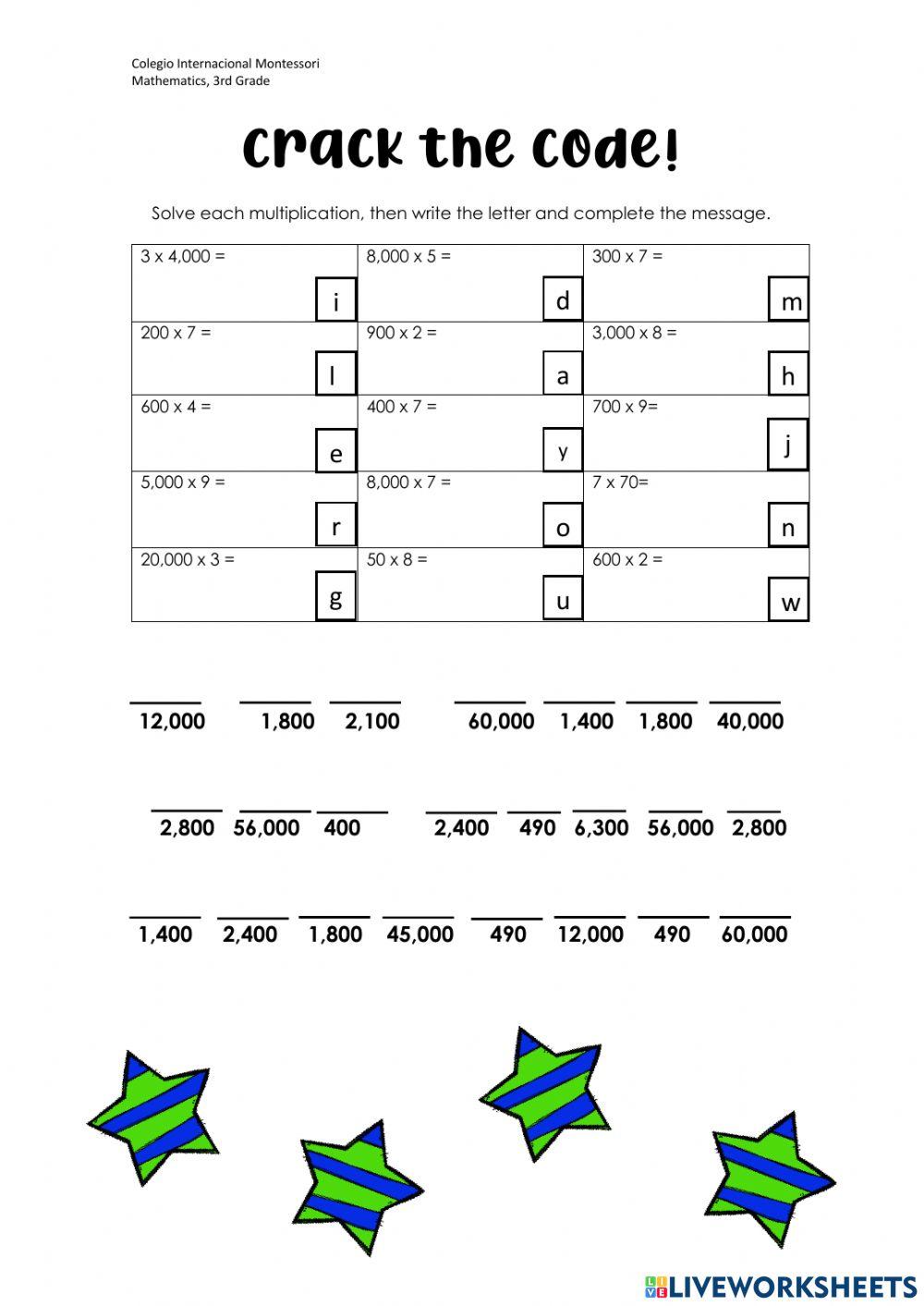Crack The Code Maths

Mathematics, often perceived as an enigma, has a universal language that transcends borders and cultures. At its core lies an intricate web of patterns, logic, and problem-solving that unlocks the secrets of the universe. Many perceive mathematics as a daunting subject, but in reality, it is a fascinating code waiting to be cracked, revealing its beauty and relevance in our daily lives.
Understanding the Foundation
To crack the code of mathematics, one must understand its foundational principles. From arithmetic to calculus, mathematics builds upon itself layer by layer, forming a cohesive structure. Begin with a solid grasp of basic arithmetic operations – addition, subtraction, multiplication, and division. These operations serve as the building blocks for more complex mathematical concepts.
Moving forward, explore algebra, where variables and unknowns come into play. Algebraic equations might appear intimidating at first glance, but they offer a structured way to solve problems and understand relationships between quantities.
Geometry, another fundamental branch of mathematics, deals with shapes, sizes, and properties of space. Visualizing geometric figures aids in understanding spatial relationships and applying mathematical principles to real-world scenarios.
Embracing Problem-Solving
Mathematics thrives on problem-solving. It challenges individuals to think critically, analyze situations, and devise solutions using logical reasoning. Tackling mathematical problems, whether simple or complex, strengthens cognitive abilities and nurtures a problem-solving mindset applicable to various aspects of life.
One effective strategy for cracking the mathematical code is practice. Regular practice not only reinforces concepts but also enhances problem-solving skills. Solving diverse problems exposes one to different techniques and approaches, broadening the spectrum of understanding.
Unveiling the Beauty of Patterns
At the heart of mathematics lies an array of mesmerizing patterns. Recognizing and understanding these patterns can simplify seemingly complex problems. Patterns can manifest in sequences, shapes, or even in the behavior of numbers.
For instance, Fibonacci numbers unveil a captivating sequence (0, 1, 1, 2, 3, 5, 8, 13, 21, …) where each number is the sum of the two preceding ones. Discovering and exploring patterns like this not only showcases the elegance of mathematics but also provides insights into problem-solving methodologies.
Real-World Applications
Contrary to common belief, mathematics isn’t confined to textbooks or classrooms. It permeates our daily lives and underpins various fields, from physics and engineering to economics and technology. Understanding mathematics empowers individuals to comprehend the world around them more deeply.
For instance, calculus finds application in predicting motion and understanding change, making it vital in fields like physics and engineering. Statistics enables us to interpret data and make informed decisions, impacting fields such as medicine, economics, and social sciences.
Conclusion
Cracking the code of mathematics entails embracing its fundamental principles, honing problem-solving skills, recognizing patterns, and understanding its real-world applications. Beyond being a subject in school, mathematics serves as a tool to decipher the complexities of our world. With dedication, practice, and an inquisitive mindset, anyone can unlock the beauty and power hidden within the mathematical realm. So, embark on this journey, explore its wonders, and witness the magic of cracking the mathematical code.





